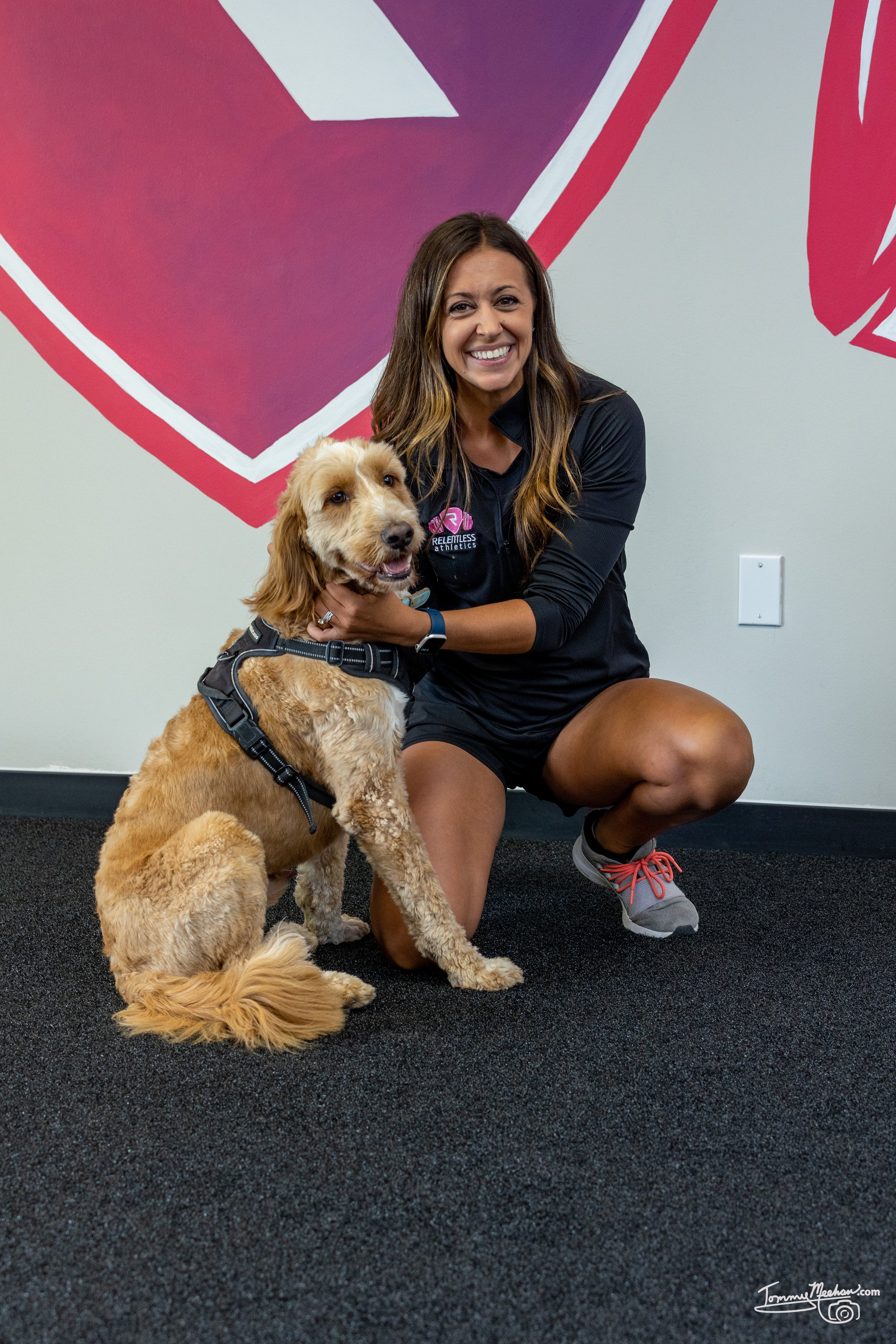Why Explosive, Heavy Lifting Matters for Speed Development in Female Athletes
By Emily Neff (Pappas), Ph.D. student
As a coach frequently asked about optimizing training for young athletes, a recent inquiry caught my attention: Can my daughter achieve speed and explosiveness through SPEED training alone?
It's a common question that deserves a closer look, especially for the female athlete.
Here's why.
Short Answer:
In a nutshell, speed and agility are vital for athletes, but focusing solely on speed training won't cut it, especially for females.
The magic lies in a balanced combination of strength training and speed work.
Longer Answer:
Understanding Muscle Fiber Types:
Explosiveness and speed come from type II muscle fiber contractions.
These forceful contractions propel the body against gravity, resulting in fast and explosive movements.
After puberty, men innately have more type II muscle fibers than females.
Female Physiology and Muscle Composition:
Females naturally have more type I muscles (slow twitch), not geared for fast, explosive movements.
Type I (slow twitch) is great for endurance activity, making them less powerful but also less fatigable.
Fortunately, females can change their muscle quality through training.
Type II muscle fibers, specifically type IIx, can be developed in females through heavy explosive lifting.
Importance of EXPLOSIVE Strength Training:
Heavy and powerful compound movements, like those observed in cleans, snatches, pulls, and weighted jumps, develop explosive muscles (type IIx).
Strength training is the foundation for producing force, a crucial element for acceleration.
SPEED TRAINING WITHOUT STRENGTH TRAINING = DOmINANT Slow Twitch Muscles:
Speed training focuses on fine-tuning running mechanics and improving muscle recruitment patterns.
But if the recruited muscles are slow twitch, the athlete's speed improvement will be limited through speed training alone.
"Slow feet don't eat" is a popular saying, but in the sports science world, we say, "Feet that don't put force in the floor don't eat either."
Physics of Force Production
Remember F=MA from physics class?
Force (F) equals mass (M) times acceleration (A).
For acceleration, an athlete needs to produce force in a specific direction.
Speed training enhances the direction in which force is applied (through improved technique and muscle recruitment patterns)
Strength training focuses on the amount of force and the rate at which that force can be produced.
Physiologically, speed training alone won't suffice for developing fast and explosive female athletes.
The foundation of muscle mass and quality required for explosive speed comes from consistent, heavy-explosive-strength training.
CLOSING THOUGHTS
For parents aspiring to see their daughters excel in track or on the field, the key lies in a well-rounded approach.
Emphasizing heavy strength training at least twice a week alongside speed work can unlock the true potential for speed.
It's not just about moving fast; it's about generating the force needed to propel those fast movements.
It’s not just our recommendation— it’s science!
ABOUT THE AUTHOR
In 2015 Emily opened Relentless Athletics to build a community for female athletes while educating their parents and coaches on the necessity of strength training and sports nutrition to optimize sports performance and reduce injury risks in the female athlete population.
Emily holds a M.S. in Exercise Physiology from Temple University and a B.S. in Biological Sciences from Drexel University. She is currently pursuing her Ph.D. at Concordia University St. Paul with a research focus on female athletes & the relationship between strength training frequency, ACL injury rates, and menstrual cycle irregularities (RED-s). Through this education, Emily values her ability to coach athletes and develop strength coaches with a perspective that is grounded in biochemistry and human physiology.
When she isn’t on the coaching floor or working in her office, she is at home with her husband Jarrod and their daughter Maya Rose, and, of course, their dog Milo (who has become the mascot of Relentless)!!



















